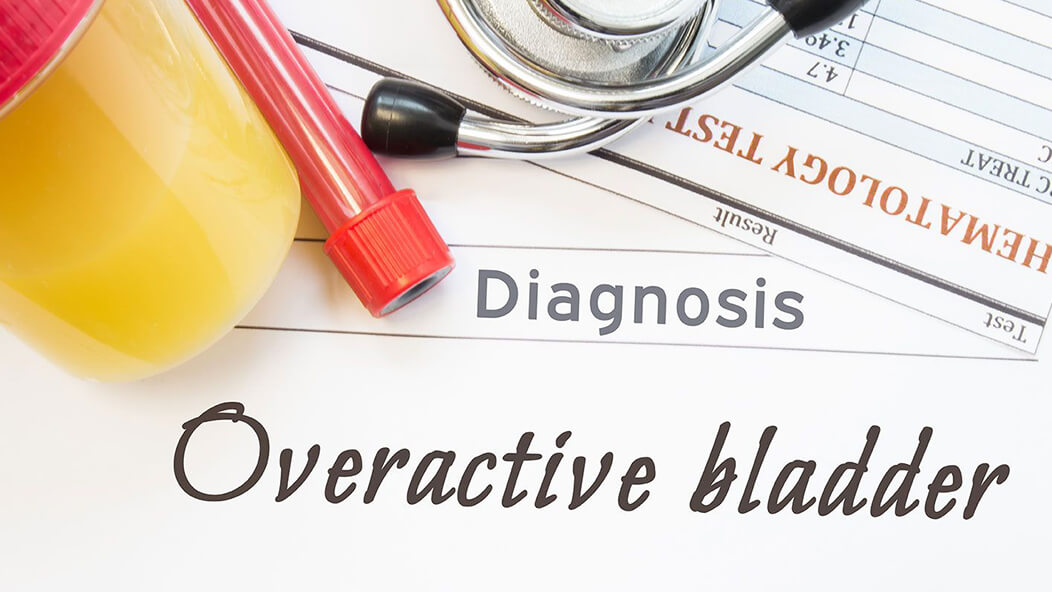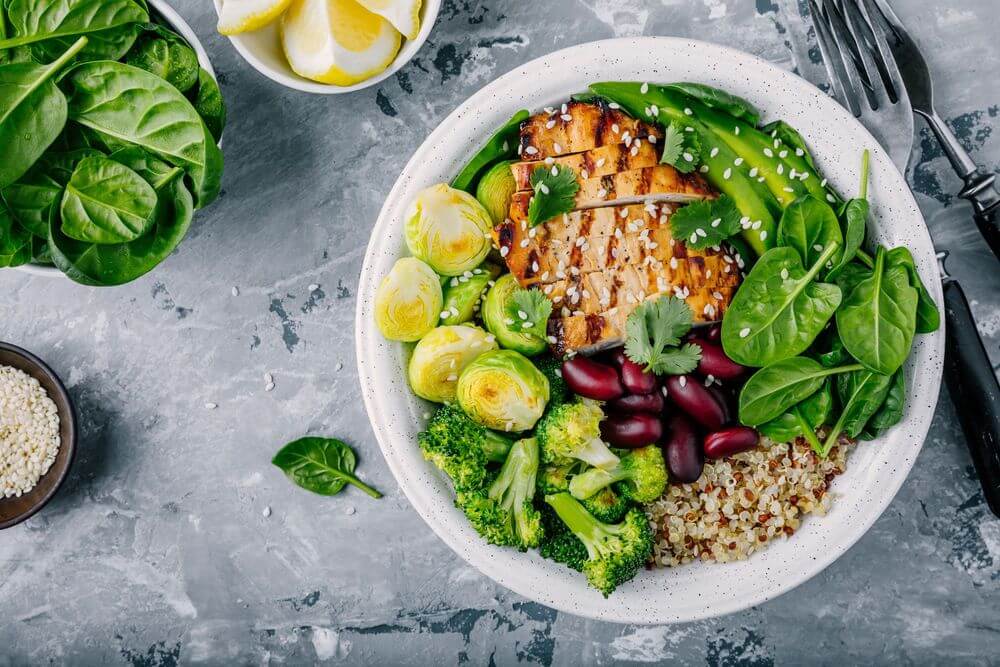Join Our eNewsletter!
Subscribe to our monthly newsletter to receive encouraging advice to help you lead a healthy lifestyle.

How Diet May Play a Role in Dealing with Overactive Bladder
Overactive bladder occurs when bladder muscles contract and provide a frequent, sudden need to urinate – even if you just did. Although it’s not a disease, it can certainly affect your quality of life to plan outings around bathrooms to avoid potential leaks.
There are a number of misconceptions around overactive bladder that keep people suffering in silence:
- Only women have problems with overactive bladder.
- There aren’t any treatments available except surgery.
- It’s a natural part of aging.
In reality, 40% of women and 30% of men live with overactive bladder symptoms, according to Urology Care Foundation. It tends to be more common in older adults, but it’s not a natural progression of aging.
Diet and Overactive Bladder
Diet can be a great place to start to understand more about what triggers your overactive bladder. Food and drinks consumed can irritate the bladder and cause bladder spasms. Diet can be an easy place to start, but it’s not always simple to understand the correlation. Sometimes it’s easier to eliminate a large amount of food items and gradually add some back into your diet.
Gluten, for example, can potentially irritate the bladder, so those with a sensitivity to gluten may try eliminating wheat, barley, and rye to help reduce symptoms.
Here are some foods to consider avoiding or limiting when you have overactive bladder. Unfortunately, it’s quite a comprehensive list:
- Chocolate
- Spicy foods
- Baker’s yeast
- Citrus fruit and juices
- Milk and milk products
- Alcoholic beverages
- Carbonated drinks
- Caffeinated drinks
- Sports drinks
- Corn syrup
- Tomatoes and tomato-based products
- Strawberries
- Artificial flavorings and preservatives
- Sugar or sugar substitutes
- Honey
- Raw onion
- Soy sauce
What to Eat
Don’t worry, it’s not all about taking away your favorite food items. Consider adding some additional foods when you struggle with overactive bladder.
- Lean proteins – Enjoy chicken breast, turkey, fish, low-fat beef and pork.
- Fiber-rich foods – Fill up on beans, almonds, pears, raspberries.
- Fruits – While citrus fruit can be irritating, don’t skimp on fruit. Other options include apples, bananas, grapes, coconuts, and watermelon.
- Vegetables – Leafy greens are good as well as squash, potatoes, carrots, broccoli, and bell peppers.
- Whole grains – Try quinoa, farro, oats, and barley.

Tracking Food Intake
A bladder diary can be an effective way to look back and notice trends that trigger symptoms with overactive bladder. Simply writing down what and when you eat and drink, along with bathroom visits, is an easy way to start.
The National Association for Continence created a detailed bladder diary with hourly segments to help track your information and recommends completing the diary for four days before a visit with your healthcare provider.
What About Water?
Experts tell us to drink plenty of water to stay hydrated. In fact, a simple formula is to drink half your weight in ounces. How should people handle water intake when dealing with overactive bladder, which typically translates to more bathroom visits?
One guideline is to drink enough so you don’t feel thirsty. Too little water causes concentrated urine, which can irritate the bladder. Many people with overactive bladder do avoid drinking fluids in the evening to help avoid extra bathroom trips during the night.
It’s also good to discuss fluid intake with your physician. He or she will know your individual situation and can make suggestions.








